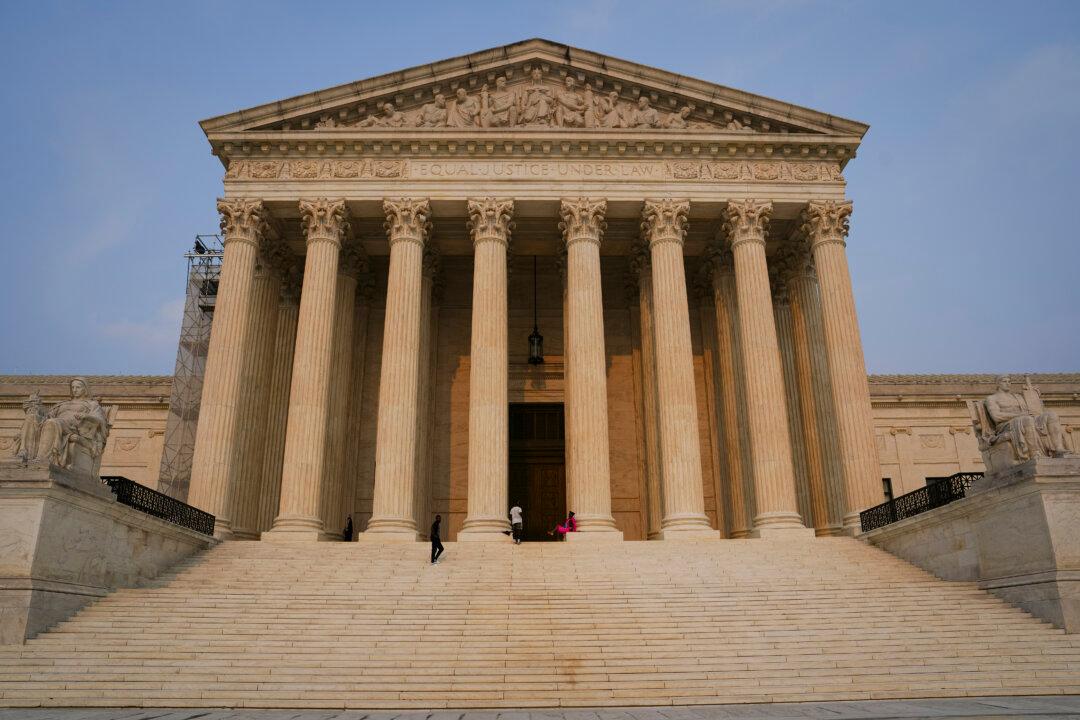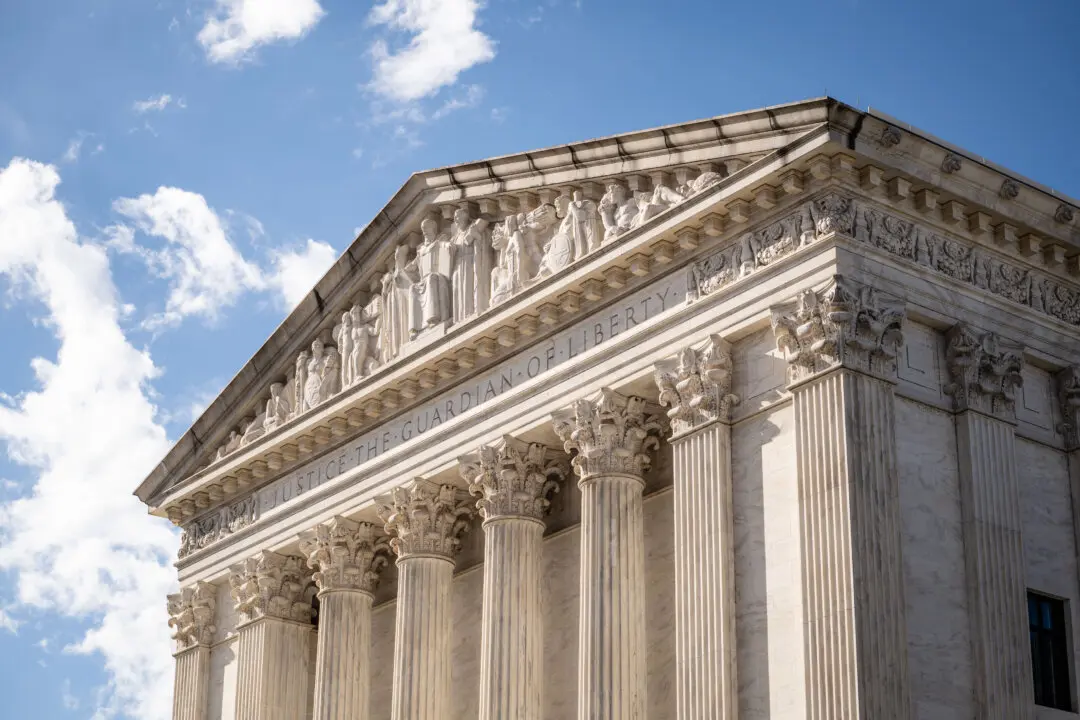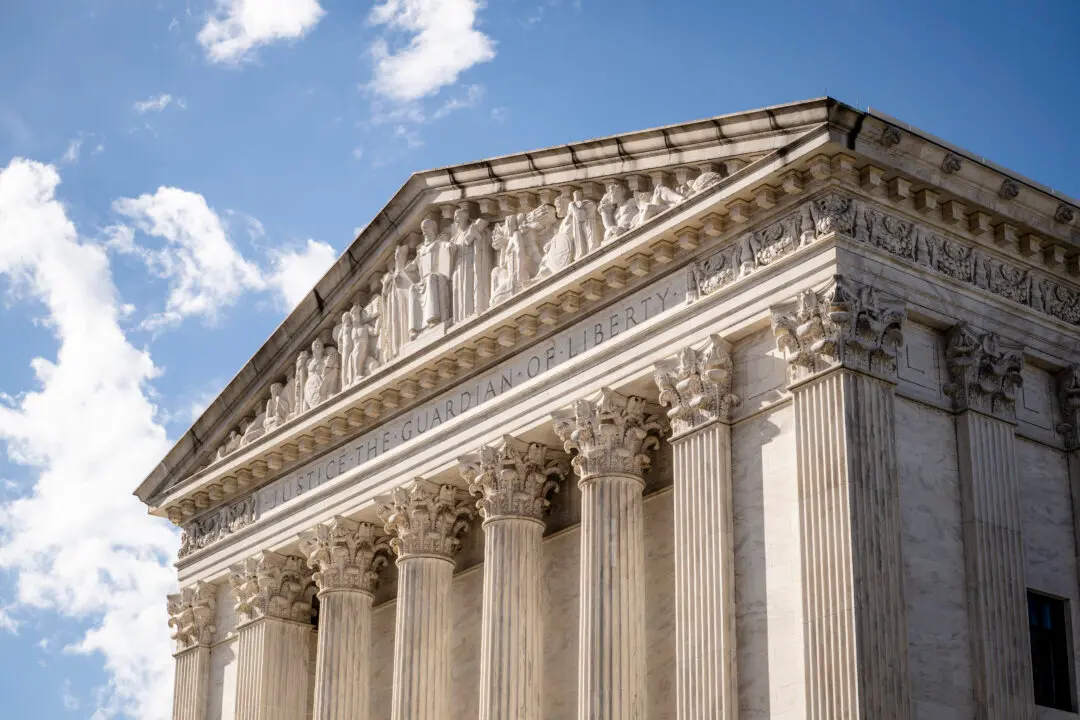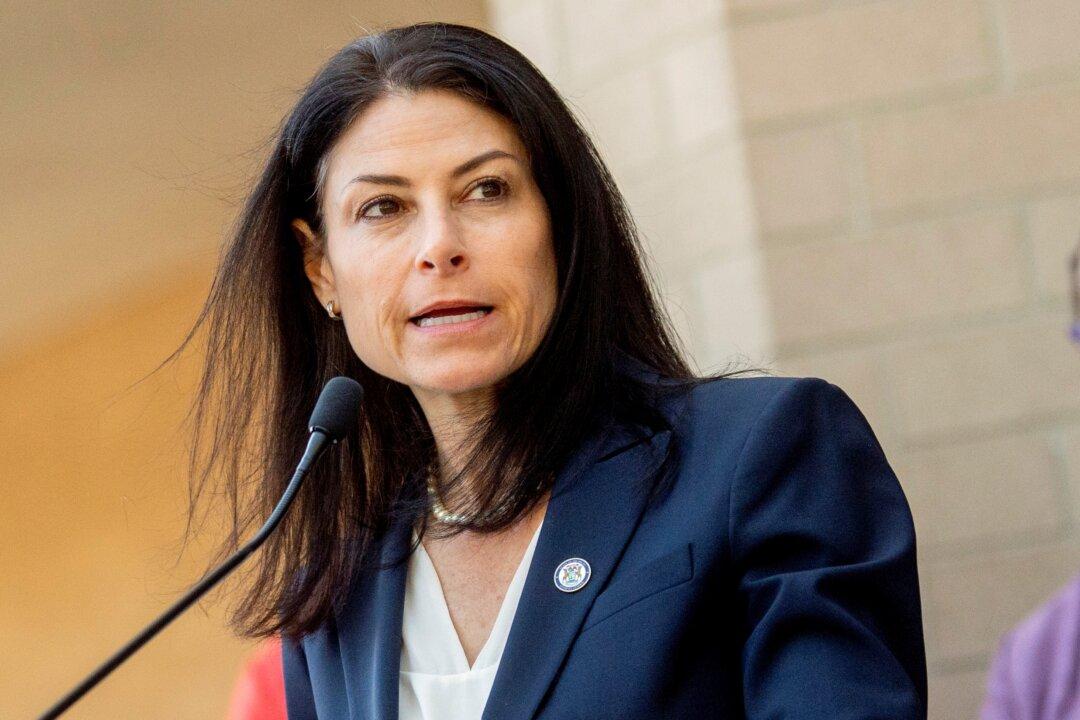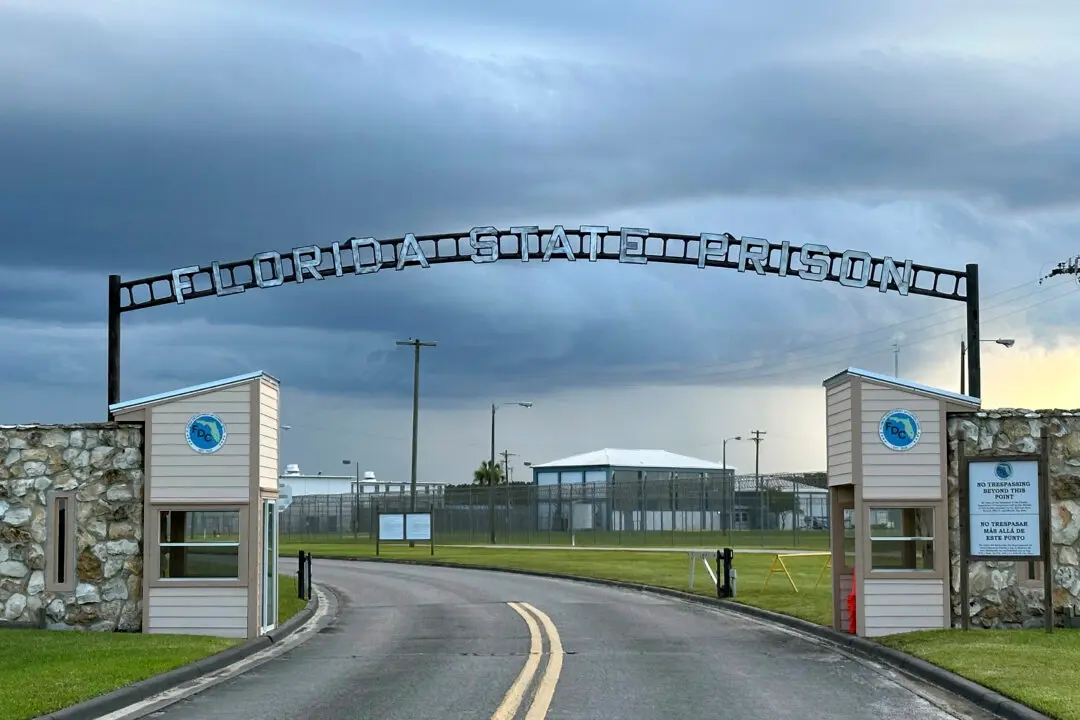The Supreme Court is poised this week to issue a series of rulings covering the hot-button issues of affirmative action, student loan forgiveness, the intersection of religious freedom with free speech and employment law, and how much power state legislatures should have in the congressional redistricting process.
It was this month last year that the court issued landmark rulings overturning the Roe v. Wade abortion precedent, recognizing a right to carry a gun in public for self-defense, and reining in the government’s regulatory authority regarding the environment.
